Lotus Director Gives Insight Into The Evija
The Evija is a statement of intent for the Hethel marque’s future under the ownership of Geely.
Electric cars don’t usually generate much hype among car enthusiasts, but with the Evija, it’s different. It’s not only the first all-new from Lotus for over a decade, the Evija is also Hethel’s (if not the world’s) most powerful series production car thanks to an electric powertrain that puts out 2,000PS.
So how does an automaker known for its lightweight sports cars develop a fully-electric hypercar with power that could move mountains? Speaking to the organisers Goodwood SpeedWeek, where the Evija made its public debut, Lotus Director of Attributes Gavan Kershaw shares some insight into the development of the car.
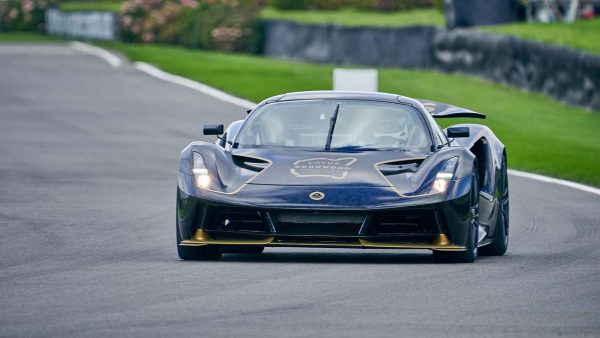
According to Kershaw
The Evija is not all about the numbers. Its strength lies in torque vectoring, power delivery and axle split provided by the motors. The presence of torque vectoring means the car doesn’t have to rely solely on aero or mechanical grip to gain high speed stability. Of course, with 2,000PS and 1,700Nm on tap, the word ‘powerful’ doesn’t even begin to describe the Evija but with stability systems present, it will not scare you to death, adds Kershaw.
Testing
As for testing, the Evija was flown to Italy, Spain and Germany for its high-speed and braking testing. The test track at the automaker’s Hethel facility was also put to good use to ensure that the hypercar is ideal for UK A- and B-roads. Kershaw says that part of its brief is that the it has to thrill and engage the driver through the city, through a country road or on a closed race track.
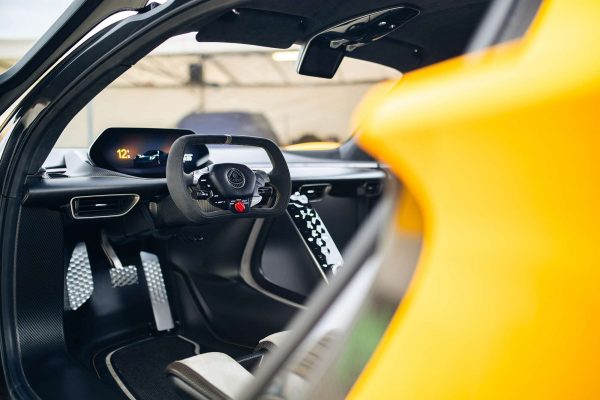
Weighing in at 1,680 kg, the Evija is undoubtedly the heaviest car to ever roll out of Hethel but most of the load is located well within the wheelbase or “right in the centre of the polar moment of inertia”, as Kershaw puts it.
Surely being a hypercar with that kind of power, the Evija is not easy to live with? Not really, as the doors allow a much larger opening than they do on the Elise or Exige, while the steering wheel mounted controls have been kept to a minimum with the dynamic settings on the left and media on the right. The skeletal dashboard design makes routing wiring and ventilation much more difficult, but at least it looks light.
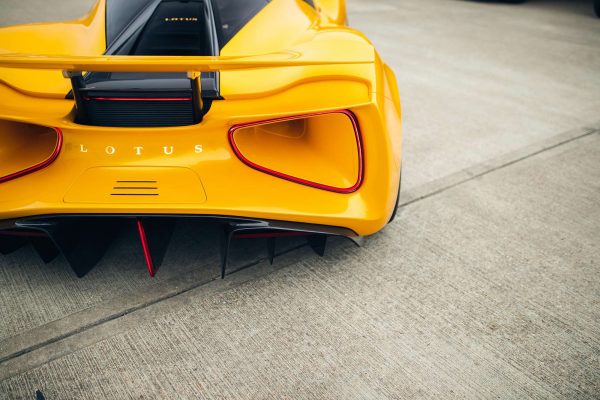
Kershaw says there’s more development to be completed before customer deliveries can begin in 2021.

PRESS RELEASE
An electric powertrain, 2,000PS and a price tag that puts it out of reach of all but the wealthiest… The Lotus Evija, the first all-new car from Lotus for over a decade, is a statement of intent for the Hethel marque’s future under the ownership of Geely. It was one of the stars of the Supercar Paddock at Goodwood SpeedWeek presented by Mastercard, where we had the chance to speak to Lotus Director of Attributes Gavan Kershaw about its development.
Given that the Evija is not only Lotus’s first production EV but also its first hypercar, we were interested in how the development process differs from Lotus’s existing line-up. “As a dynamics engineer at heart, it’s mainly what the motors can give you in torque vectoring and power delivery and axle split,” says Gavan.
“It’s like having the most intelligent differential and engine around you that you could ever have. Typically if you wanted high speed stability you were looking at aero or mechanical grip but you can now start to use the torque vectoring side of it. That’s where the propulsion system really adds. It can be extremely violent in behaviour or extremely progressive and calm as well. We call it ‘strength and growth’.”
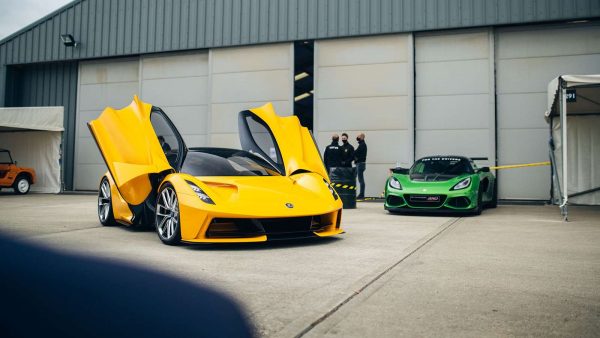
So is it the driver or the stability systems that rule? “It’s driver input. It doesn’t matter where you are with the throttle position or at what speed, it’s always connected to you and gives you either a mild shove in the back or absolutely buries you in your seat. We don’t want this purely to be a Top Trumps numbers car. We’re at Goodwood today and there are some really old [competition] cars here with well over 1,000PS and they’re tamed by the driver. [The Evija] has the stability systems, so it gives you an emotional rush without absolutely scaring you to death.”
Lotus is famed for honing its cars on the lanes around Hethel and, with their challenging topography, it’s the ideal environment to develop a car that shines on UK A- and B-roads. With the Evija’s performance, testing at much higher speed facilities has also been necessary – during those times in 2020 when travel was possible. “We go to Italy, Spain and Germany to do all the big brake stops and big manoeuvres. We could do that at the start of the year and a little bit through the middle of the year,” says Kershaw.
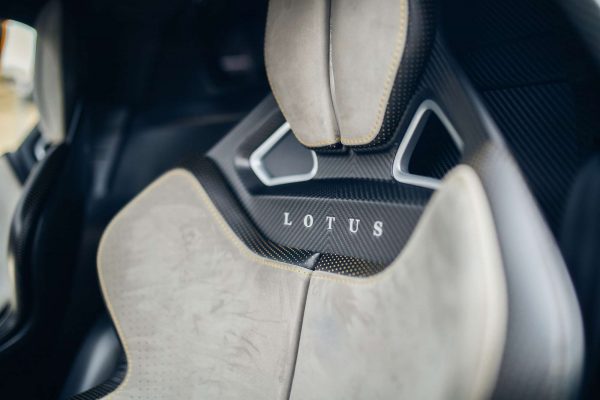
The rest of the time, the Evija has been put through its paces at Lotus’s home test track where – encouragingly – it has been low speed dynamics that have been honed. “It’s ferociously quick around Hethel,” says Kershaw, “but we know what a customer driving Hethel would like. Is it rewarding? Is it confidence inspiring? Is it agile?
The whole thing about this car is that we’re going to be looked at as the company that makes EVs dynamically enjoyable for the driver. We can do that at those speeds where everyone enjoys their Lotus, which is sort of down at 40mph up to 140mph and you just feel like it eats roads up and talks to you. That’s where Hethel’s really useful.”
So often, very high performance cars are criticised for being numb and uninvolving at low speeds. If the Evija can translate some of what makes, say, an Elise feel special at any speed it’ll offer something truly ‘Lotus’. “Part of its brief is that it has to thrill and engage you through the city, through a country road or on a closed race track.”
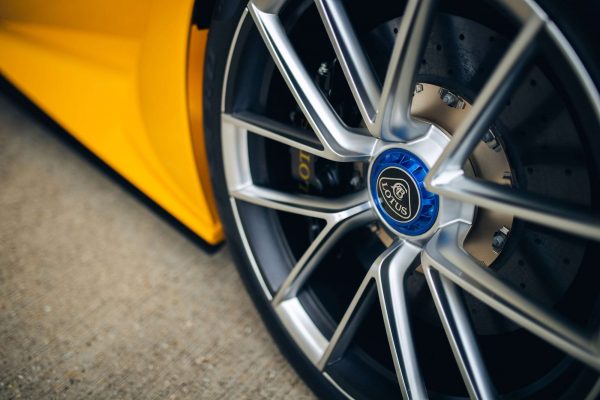
And development on local Norfolk roads? Not yet, says Kershaw. “It’s really new to the market technology, so we don’t have to [drive public roads yet] so much. We’re proving out all the ways the motors and the battery management systems talk to each other, as well as the stability control and the ABS. Rather than put that on the highway, generally when you do that we’ve got quite a mature car so mule car and early prototype testing is done on closed tracks.”
Another criterion set out in the brief was to make the Evija easy to live with. Consequently, the doors allow a much larger opening than they do on the Elise or Exige, and the steering wheel mounted controls have been kept to a minimum and ordered in a logical way (dynamic settings on the left, media on the right).
The skeletal dashboard is a work of art, and something we hope to see on more affordable future Lotus models – although it does make routing wiring and ventilation much more difficult. Having said that, it looks light – which, it goes without saying, is an important Lotus hallmark.
Ah, weight. That’s a touchy subject with an EV, but one that becomes even more sensitive when a applied to marque known for its ‘added lightness’. At 1,680kg, it’s heavy for a Lotus but light for an electric hypercars. In fact, there are plenty of ICE sports cars that tip the scales at that sort of figure. Lotus has, therefore, applied its usual obsession with reducing mass. Kershaw also points out that it’s where the weight is located that’s key.
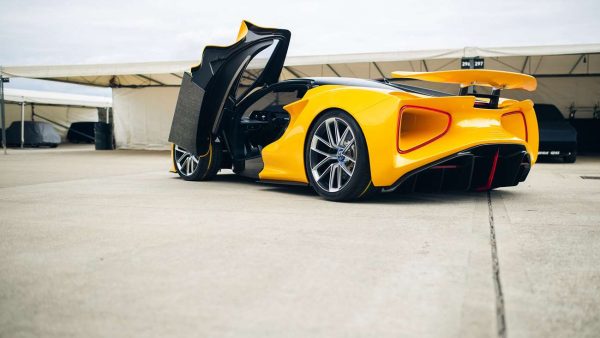
“In a Lotus you’ll always find the weight well within the wheelbase, on the Evija it’s central so it’s really just where the powertrain would be so it’s right in the centre of the polar moment of inertia. The car wants to swap direction, it hasn’t got a pendulum effect. It’s got very good weight distribution because we’re driving all four wheels. That weight obsession is with a slightly different skew. I think you’ll find manufacturers having to go back to the Lotus ways of light weight, aerodynamics, great ride and handling with the smaller tyre to get range otherwise batteries will have to be huge. The electrification of cars are bringing cars towards our core values rather than us having to go towards its.”
There’s more development to be completed before customer deliveries can begin in 2021.
“The main thing is all the parts come together so we’ll have dynamics cars, cars that are looking at HMI [human machine interface] and control and connectivity. We have cars with full interiors to look at solar loading, how the reacts to the sun glaring down on it. We’re getting through the big chunks of development, ticking them off the list. Then it’s just bringing all those parts together and putting the magic dust that is Lotus over the top to bring all the little bits together that are rewarding.”














